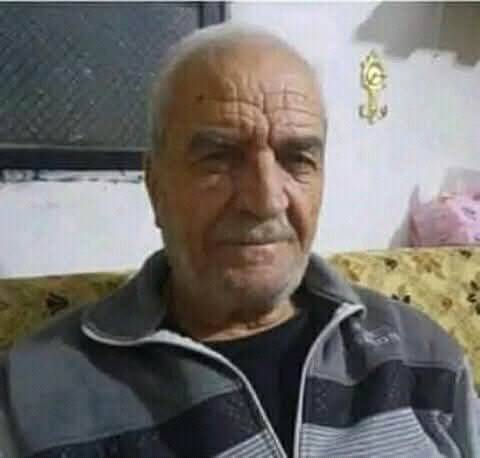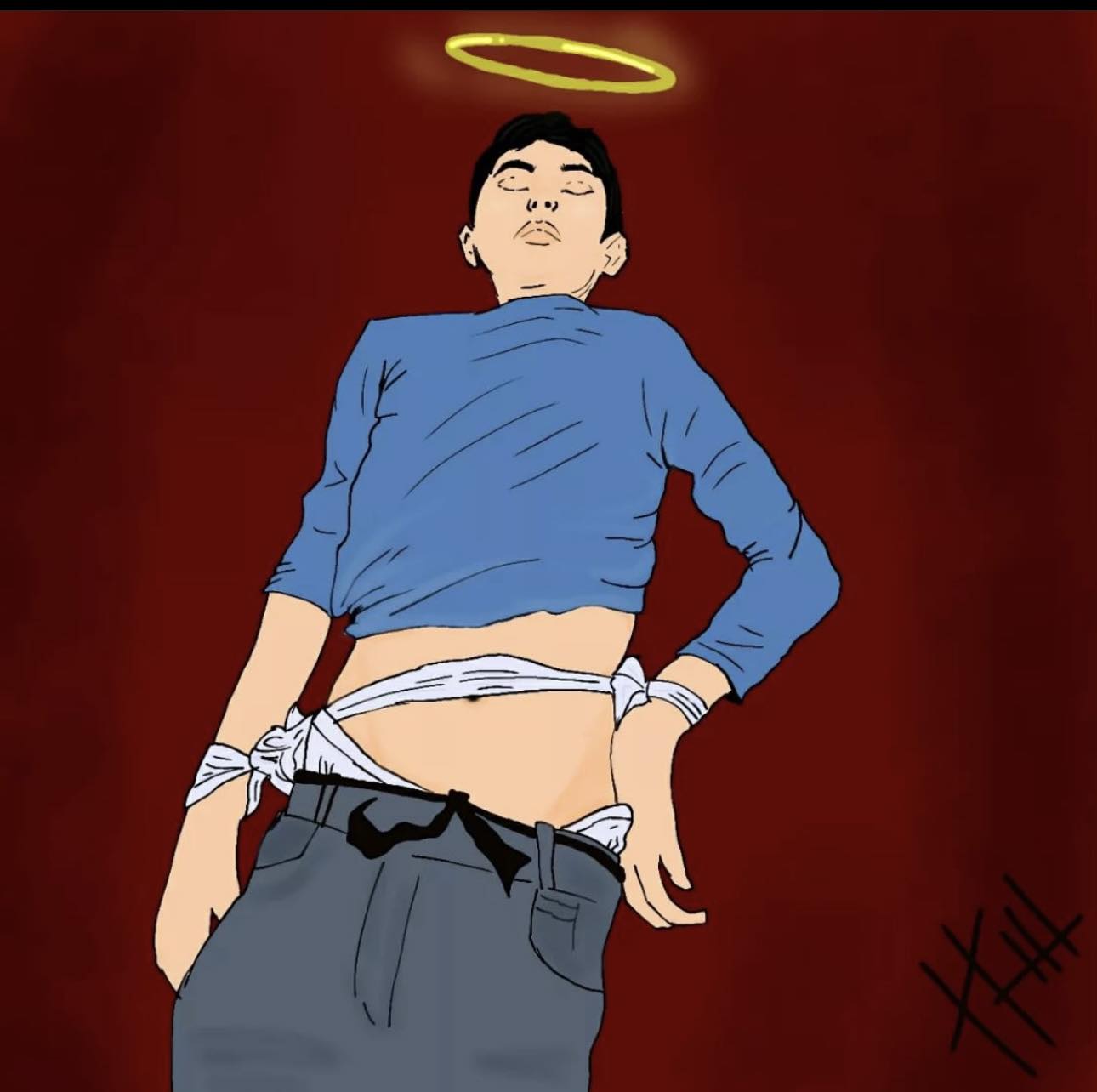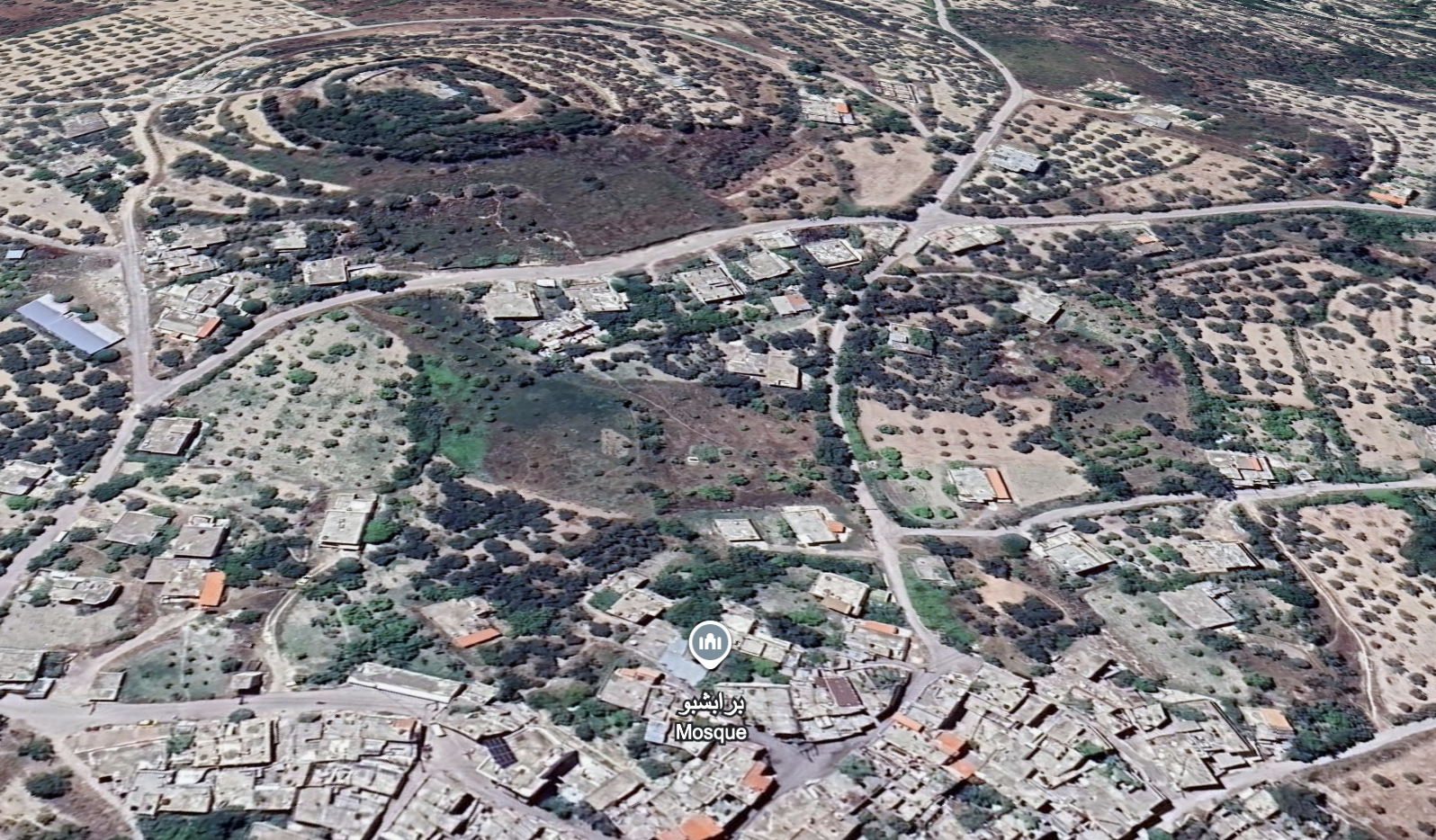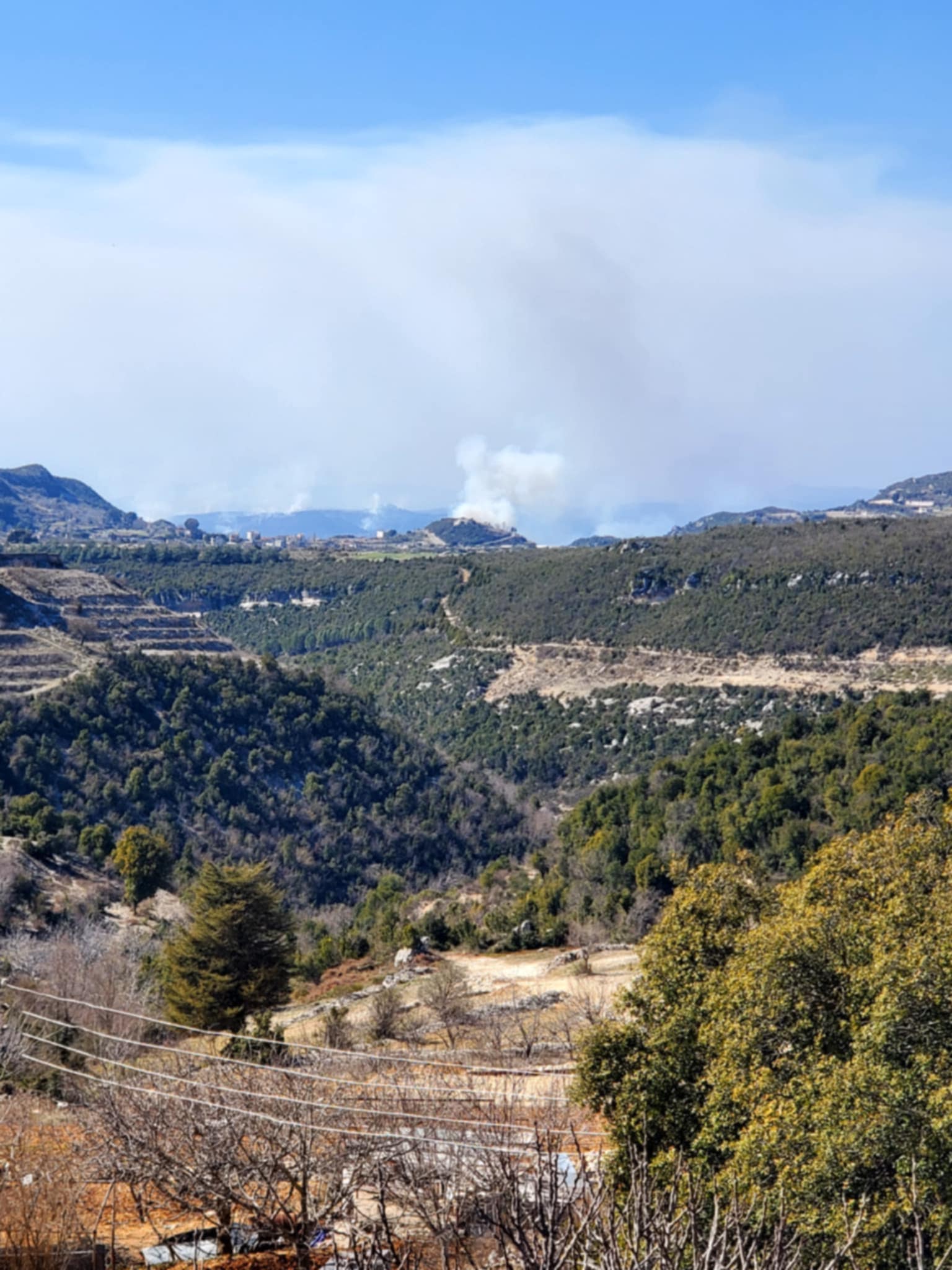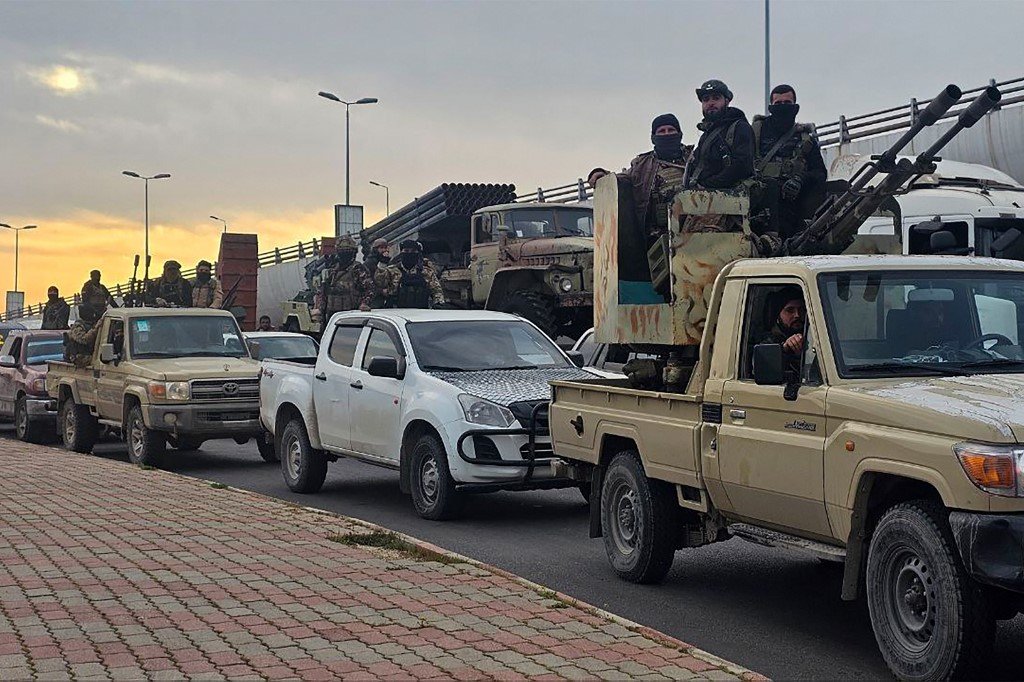On the first day of Eid, the people of Baniyas were greeted with death and displacement
31 March 2025, the first day of Eid al-Fitr, was supposed to be a day of joy and exchange of congratulations, but it turned into a horrific massacre in the village of Harf Bnemra in the countryside of Baniyas, where six innocent civilians were killed without guilt, belonging to the Alawite sect, including a child who could not afford a belt to tighten his trousers.
The image was enough to shake the conscience of Syrians and everyone who saw it – a 15-year-old boy who tied his trousers with a frayed string, wearing them even though they were too big for him, just to play like children on the first day of Eid… but he was killed in cold blood. This picture is highly symbolic, as it represents the state of most of the victims of the horrific massacres unjustly committed against Alawites.
In addition, we have learnt from direct field sources that some of the names of the victims of the massacre were on the lists of an individual donation campaign that aimed to deliver medical aid to them on the day of the massacre, reflecting the already dire humanitarian situation of the victims of these massacres.
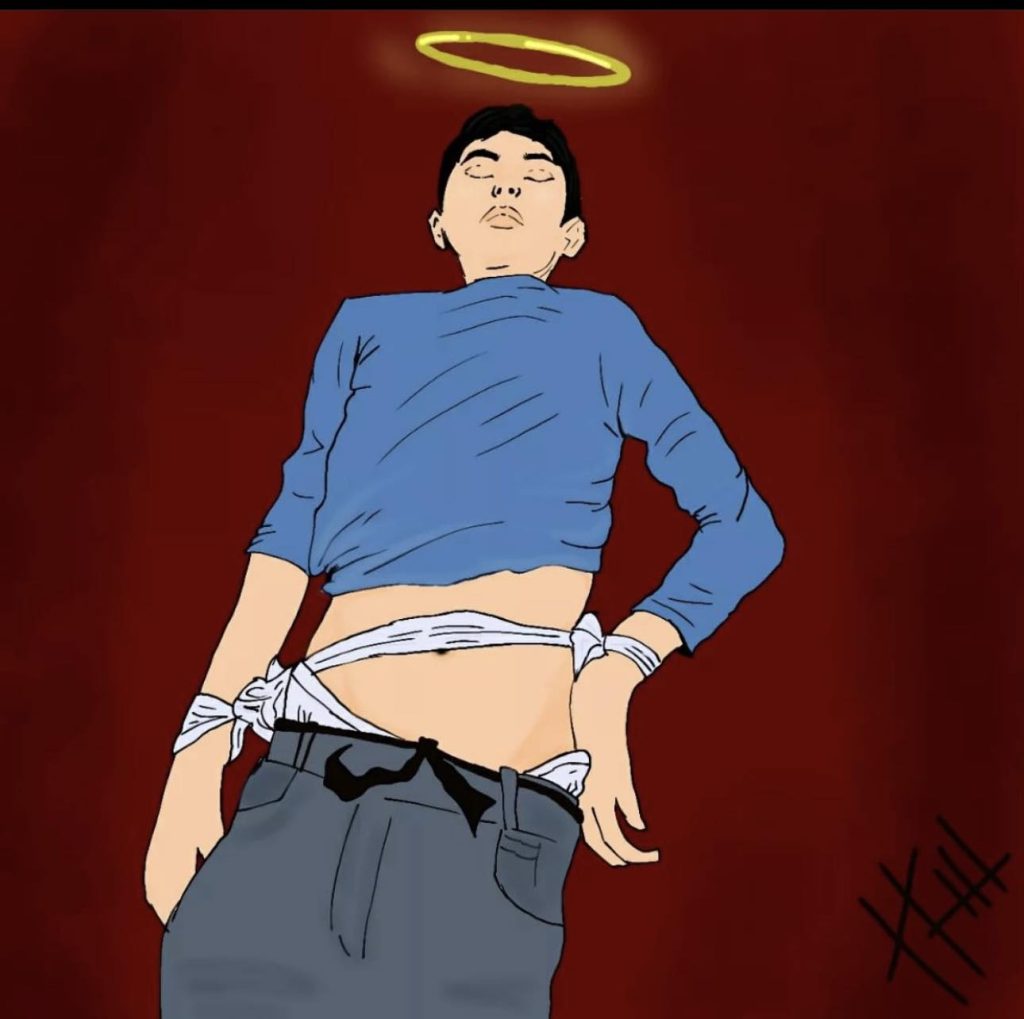
A daylight massacre of unarmed civilians led by blind hatred
According to field witnesses, two masked men emerged from a military post near the village and went to the first house in the village, where they were welcomed with the usual hospitality by the people of the house and offered coffee. They asked for the mukhtar, and as soon as he came, they started shooting directly, killing the mukhtar, Jawdat Fares, his cousin Najdat Fares, the owner of the house that welcomed them, Somer Shahin, hisson Ibrahim – the child who made the country cry with his sad features and pants tied with a string – his brother Thaer Shahin, and his elderly father Ibrahim Shahin, among other wounded. Eyes on Syria has not been able to obtain a final list of the names of the victims (as is the case in all massacres on the Syrian coast), but we relied on field documentation.
Justice doesn’t start with a trial, it starts with recognising the truth
Although the disinformation media tried to fabricate false narratives to deny the crime – from accusing the victims of being regime remnants, to smuggling weapons, to claiming that the circulated photos are old – the photos, videos, investigations and testimonies of people on the ground revealed the facts. Verify-Sy confirmed that the photos circulated are real and that the child’s name is Ibrahim Shaheen, one of the victims of the massacre.
Later, it was announced that the masked men were arrested by the Public Security Forces and found to be affiliated with the Syrian Ministry of Defence, prompting activists to call for a permanent ban on wearing the mask and for the rehabilitation of the security and military services, some of which have become a danger to citizens.
Eid on Cemeteries
While the official media was trying to gloss over the facts, showing the president and ministers performing Eid prayers and receiving children, and security personnel distributing sweets to children, the mothers of Banias were crying on the graves of their sons whose blood had not yet dried. Sadly, it was not an Eid, but a new day of sorrow and devastation on the Syrian coast.
After the massacre, most villagers fled in search of safety from death, because they knew for sure that no one was safe, even on Eid, despite assurances from General Security that the criminals had been arrested and the village secured. It is worth mentioning that the state of panic and fear is a state that many Sahel residents are living in after the horrific massacres that took place in March.
The symbol of the child… and the “Oak of the Coast”: Unforgettable images
The image of Ibrahim, a child with trousers tied with string, swept social media and became a symbol of the poverty, abandonment and injustice suffered by the Alawite community today. This child did not carry a weapon, did not chant, and did not know anything even when the revolution began. He was born into an Alawite family.
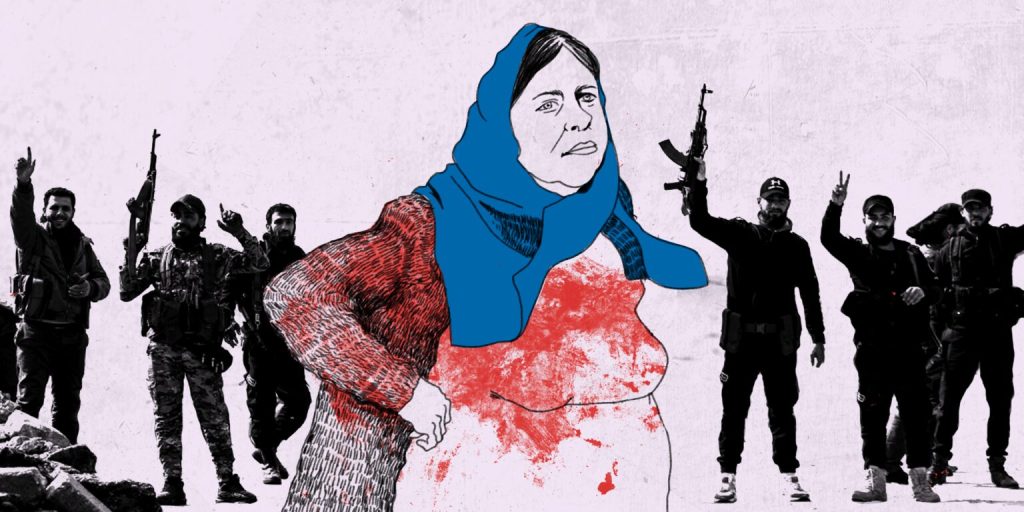
The symbolism of Ibrahim’s image is no different from that of Mrs Zarqa Sepahia, who was later dubbed the “Sindhiana of the Sahel” (or, the Oak of the Coast). Zarqa appeared in a cruel video filmed by the terrorists themselves, standing over the bodies of her three children who were killed in front of her in cold blood. However, she faced them with rare pride and said her immortal words:
“You are evil, we are not treacherous.”
It was a slap in the face of crime and cowardice, and a message from a bereaved woman to her killers: Dignity cannot be assassinated, even if bodies are annihilated.
This is how the blood of children and the bereaved formed a true collective memory of the Syrian coast, a memory that does not demand revenge, but rather dignity, justice, recognition of crimes as they are, without falsification or denial, and holding criminals accountable.
The Syrian coast is bleeding silently: From massacres to systematic humiliation
The 31 March massacre in the countryside of Baniyas was not an isolated event, but rather an extension of a series of massacres and violations against the Alawite residents of the Syrian coast, in which more than 1,600 civilians were killed, according to human rights documentation. These massacres not only took lives, but were accompanied by widespread looting of homes, shops, and vehicles, completely destroying the economy of these areasand returning thousands of families to the poverty line.
The already harsh economic conditions were tragically exacerbated by the wave of arbitrary dismissals from jobs, followed by massacres and acts of sabotage, as many people were displaced from their villages after losing security and lack of hope. With the collapse of livelihoods, human suffering has worsened, with thousands of residents living in subhuman conditions in the absence of any real official support or compensation.
Worse, the oppression did not stop at killing and displacement. Today, some security and military personnel still practice sectarian discrimination, public humiliation, and impose tributes on citizens with impunity. While they are supposedly there to protect the people, it has become difficult for people to distinguish between those who are disciplined and those who are acting out of blind hatred and revenge.
This security confusion and lack of trust has contributed to a deep sense of fear and abandonment, and has made the people of Sahel a double victim: A victim of direct killing and a victim of ongoing repression in the name of the state.
This is not just a local tragedy, but a systematic crime against human dignity, and against all those who choose not to raise a weapon, but to carry a book, plant a land, or raise a child.
Conclusion: Mercy to the martyrs and shame to the killers
These massacres, no matter how much some parties try to hide and beautify them, will remain etched in the memory of those who are still alive. The pain will not go away by silence, but by documentation, by demanding justice, and by telling the truth, no matter how bitter it may be.
This Eid was not decorated with the taste of freedom and victory, nor sweets and gifts, as some promoted, but with the blood of the innocent, the wailing of mothers and their fear, and the lost innocence of children. It became an icon of a country that is still bleeding.
